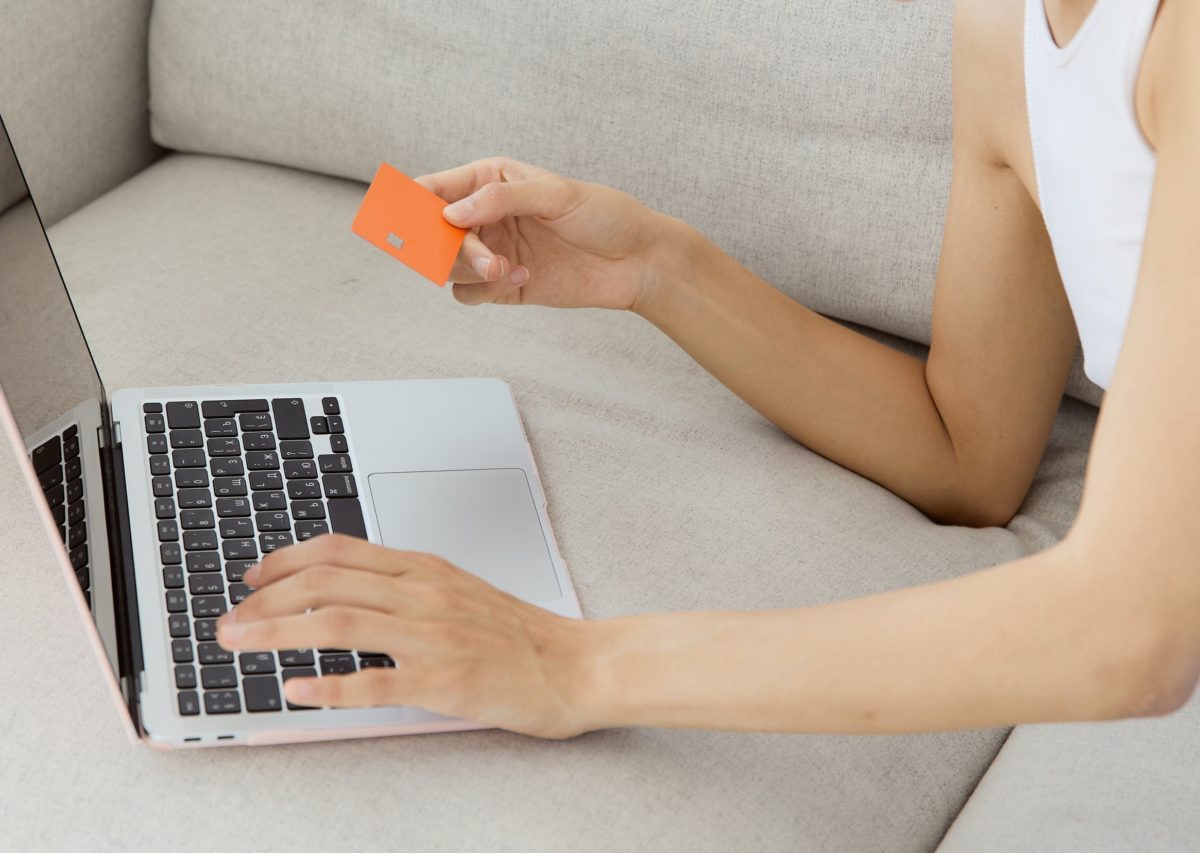After wrapping up a project, the next logical step is to send your customer an invoice email. Knowing how to write an email with invoice attached helps you get paid on time. That’s where a well-written invoice letter comes in handy.
In this article, we’ll explain need-to-know tips to help you can learn:
- How to write an email with invoice attached.
- What to include in your invoice emails, with example templates.
- Ways to increase your chances of getting paid.
What is an invoice email?
Email invoices reflect the amount a customer owes a business for their services rendered. It is helpful for accuracy in:
- Accounting.
- Inventory.
- Filing taxes.
What to include in invoice emails
An invoice message should specify all the information your customer needs to know to pay you on time. These things include:
- Invoice number.
- Total amount due with the due date (in Net D format).
- Itemized list of goods and services (with corresponding rates).
- Payment terms, including policies for late payments, if applicable.
- Additional payment methods with payment instructions.
- Client name and business information (business name, address, phone number, email address, etc.).
How to write an email with invoice attached
Below are a few tips on how to write an email with invoice attached to get you paid more consistently:
Keep your invoice email professional and simple
Your invoice letter shouldn’t include unnecessary bells and whistles. Focus on providing your customer with the relevant payment details and a brief greeting with a professional tone. At the end, thank the recipient for their business or partnership.
Express each point in as few sentences as possible. The easier your invoice is for your recipient to process, the more successful payments you’ll get.
Have a descriptive subject line
Make sure it’s clear that you’ve sent an invoice in your subject line. Your customer should immediately know why you’re contacting them.
Drawing from our experience, you should also mention the invoice number in the subject line to make it easy to search for later. To give you an idea, here’s an example:
“Invoice # [Number] for [Project] Due [Date]”
Consider using an invoice template
If you’re not sure how to write an email with invoice attached, consider using invoice email templates to get started.
Sending an invoice to your customer’s email address shouldn’t take more than a few minutes, so you can quickly update these custom invoice templates with the appropriate details — without making one from scratch every time.
Make sure your invoice includes important details
Make it easy for your customer to pay you by including all the necessary information, such as:
- Your preferred payment method.
- Invoice amount.
- Due date.
- Your policies (i.e., payment terms).
If you have a late fee policy, outline this before you sign your agreement. Most freelancers and small business owners charge an interest rate of 1% to 1.5%, while larger, more established companies might charge 2% or higher.
Include the invoice as an attachment
Instead of including your invoice in the email body, send it as an attachment. Use a PDF attachment that your customer can print or share digitally.
Before sending your invoice
Creating a standardized invoice you can rely on for every customer is difficult. Through our practical knowledge, we recommend ensuring the following before you send your invoices:
- The invoice format is simple enough to scan quickly without missing key information.
- The email recipient is addressed by name.
- Ensure the attached invoice is the correct version.
- Update the recipient on any future changes or announcements.
- Clarify any terms that might be confusing.
How to write a cover letter for an invoice
While business invoice emails are generally straightforward, complex projects might require a more formal cover letter. Including an invoice letter justifies your charges and can set your business up for regular work with a high-paying customer through personalized messaging.
In your invoice letter, enclose details such as:
- Your business background.
- The full scope of your services.
- A breakdown of the project scope and timeline.
How to send invoices through email
When sending an invoice by email, it’s best to attach it as a PDF file for easy sharing and printing. If you don’t want to create invoices manually, you can generate them from templates using accounting software. Software like QuickBooks Online syncs with your existing email providers.
If your primary payment method is through a gateway like PayPal, you can use its basic invoice generation features.
Following up on your invoice email
Sometimes your original invoice becomes an overdue invoice, which leaves you with the task of following up. This can happen for several reasons, such as your monthly invoice ending up in your customer’s spam inbox or getting lost under a slew of other emails.
How to write an email with invoice attached might differ from your initial message when you’re addressing an overdue account. For example, your wording might be a bit more urgent when following up.
When writing your overdue invoice letter, be polite but firm and concise. There’s no need to clarify why you need to be paid as soon as possible.
If your customer has a history of non-payment, keep track of payments they have yet to settle and present them together. Keep reading for an example template of a professional follow-up email.
Alternate ways to send an invoice
Most businesses send an invoice by email, though there are other methods of sending one. If you use invoice-generating software, you might have the option to send one through the software via an online portal.
Alternatively, you can send your invoice over snail mail, though this may not be the best option if you take online payments.
Download your invoicing email templates for free
Unsure of how to word your payment follow-up email?
Use these free email templates to send invoice follow-ups and payment requests to your clients.
If you don’t see the download form, download template here.
Example templates for invoice email with attachment
Email invoice template
Now that you know how to write an email with invoice attached, you’re ready to put the body of your email together.
Address the recipient professionally and courteously. Clearly state the purpose of the email and attach the invoice as a PDF file to the email. Describe any attachments other than the invoice if there are any.
Also, be sure to:
- Mention the invoice number.
- Specify the payment due date.
- Include payment methods and instructions.
- Encourage prompt payment to avoid late fees.
At the end, express gratitude for their business and provide contact information for any questions or concerns.
Below is a template for how to write an email with invoice attached separately.
For example:
Email Subject: Invoice # [Number] Due [Date]
Dear [Customer Name],
I hope this message finds you well. Please find your invoice #12345, due on [Date]. You can pay it by clicking the link in the invoice attachment. Your prompt payment is appreciated.
If you have any questions, please reach out to me at the email or phone number listed below.
Thank you for your continued business.
Regards,
[Your Name]
[Your Company Name]
[Contact Details]
Follow-up invoice email template
Based on our past experiences, you should send a follow-up if you don’t receive a response within a certain timeframe. When you send this is flexible, and could be anywhere from a week from sending out the first email to three business days before the payment deadline.
With politeness and clarity, reference the original invoice date and gently remind the customer of the pending payment. This acknowledgment request is often all it takes to prompt a customer into paying their invoice on time.
For example:
Email Subject: Invoice # [Number] Due [Date]
Dear [Customer Name],
I hope you have been well. This invoice notification email is to remind you that you have an outstanding balance of [Amount] that is due on [Date]. For easy reference, I have re-attached the invoice.
A late fee of [Money Amount] will be charged if payment is not made by the due date of [Date]. To avoid this late fee, please make the payment on time.
Please let me know if you have any questions or concerns, and I wish you all the best.
Regards,
[Your Name]
[Your Company Name]
[Contact Details]
Overdue invoice email template
When an invoice is overdue, use language that is firm, but professional. Highlight the overdue status and request immediate attention. Reiterate the importance of timely payment for continued services.
For example:
Email Subject: Invoice # [Number] Past Due [Date]
Dear [Customer Name],
I would like to notify you about invoice #12345. As the payment due date was [Date], your account is now considered past due. I would like to request your urgent attention to this matter to avoid any service disruptions.
A late fee of [Money Amount] will now be applied to your account. Attached is the updated invoice with this fee included. If I do not hear from you by [Future Date], you will unfortunately lose access to our services.
Should you have any questions, please contact me immediately at the phone number or email address listed below.
Regards,
[Your Name]
[Your Company Name]
[Contact Details]
While there is no perfect template for writing an overdue email, this basic guide helps get you started.
How to avoid unpaid invoices
To minimize the risk of unpaid invoices, outline clear payment terms from the beginning and consider a payment policy that includes late fees. Based on our observations, regular communication and reminders as due dates approach are helpful to your customers.
Offering online payment options that your customers can complete with a few clicks greatly simplifies your payment process and reduces unpaid invoices. This simple but effective strategy is something to keep in mind when considering how to write an email with invoice attached.
Invoice email key takeaways
Learning how to write an email with invoice attached doesn’t need to be complicated. Our findings show that these invoice details help ensure you get paid on time and win your customers’ future business:
- Keep your introduction and email body content simple and short.
- Summarize the services or products provided.
- Explain any discrepancies or adjustments made and highlight any important details or changes.
- Notify the recipient of any upcoming promotions or discounts.
- Remind the recipient of any past due amounts or other follow-up information.
- Don’t forget about proofreading.
- Attach invoice file documents as PDFs.
If you’re working with not just one person, but several people involved in a project (ie., a married couple), don’t forget to leverage email forwarding and CC to all relevant parties.
Some customers may request a confirmation of receipt after they send their payment. If you’re a QuickBooks user, you can automate this process by integrating with Method to save yourself time.
Method also keeps an updated list of your customers’ purchases that syncs with QuickBooks. It lets your customers pay their invoices anywhere, any time, using online payment gateways. Not to mention, it adds e-signature capture for estimates to get you paid faster.
Frequently asked questions
How do I create an invoice email template?
Creating an invoice email template involves writing a standard message that can be easily modified for different customers. Based on our firsthand experience, we recommend making a PDF template with your company branding and logo that you can attach to an email.
Save your email template as a draft that you can duplicate for each customer. You can also include your company logo and contact information as part of your email signature to avoid writing it out every time. This strategy saves you a lot of time once you’ve learned how to write an email with invoice attached.
How do I send an invoice through email?
To send an invoice via email, attach the invoice document (PDF format is recommended) to an email message.
Ensure the email subject line is clear. For example, it might say, “Invoice #12345 from [Your Company]”. Include a brief message outlining the invoice details. You can follow one of our examples described above.
How to write a past due invoice email?
A past-due invoice email should be firm yet professional. It should:
- Remind your customer of the past due status.
- Reference the specific invoice.
- Request immediate payment.
It’s helpful to mention any potential consequences of continued non-payment, such as late fees or service cancellation, while still offering assistance if they are encountering issues.
Start your free trial of Method CRM today!
Image credit: Darina Belonogova from Pexels






